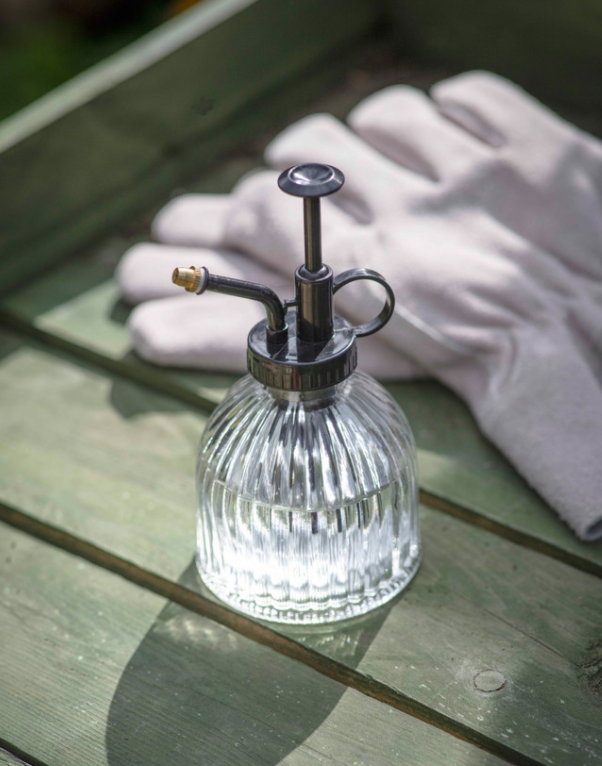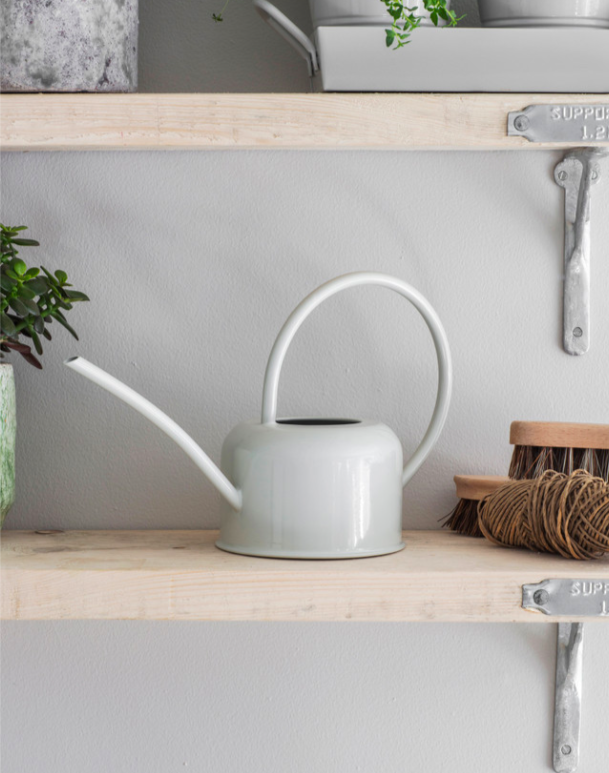How To Start Your Own Compost
The soil that compost creates has so many nutrients to feed and grow plants and trees, and it is the most eco-friendly way to dispose of your kitchen and garden waste. Here’s what you need to know to get started.
WHAT YOU CAN COMPOST:
fruit and vegetable scraps
tea bags, coffee grounds
egg shells
grass cuttings and leaves
shredded paper and soft cardboard
garden plants
WASTE BALANCE:
The bacteria and micro-organisms that produce the compost work best when the balance of green and brown materials is correct. So try and do 50/50 of green material (veg, grass etc) and brown material (newspaper, straw, dead leaves).
LOCATION:
Choose an open, level area with good drainage, that is partly shaded – on an earth base (soil) if possible. An earth base allows drainage and access to soil organisms, but if you have to compost on a hard surface, then add a spades of soil to the compost bin.
TURNING:
If have to turn the compost once a month, this adds air to the compost. Air is necessary for composting to occur. If the heap is too wet or becomes compacted, then the composting process is very slow.
SIZE AND BIN
Bins retain some warmth and moisture and make better compost faster, but even an open heap (not enclosed in a bin) will compost eventually. If you are getting a bin (which I highly recommend) it should be no smaller than 1 metre high and wide. Anything smaller may not heat up efficiently and anything larger may hold too much water and become difficult to turn.








